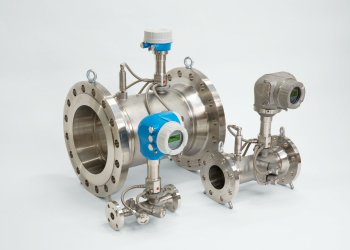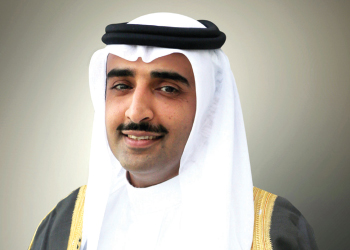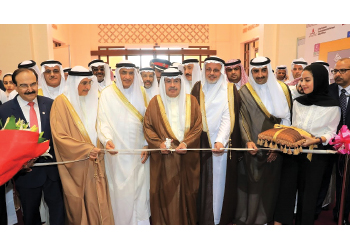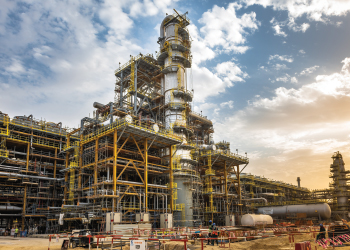
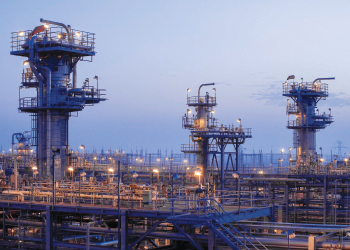 The Haradh Gas Plant
The Haradh Gas Plant
Data from 2019 has both unpleasant and pleasant news about Saudi Arabia. While the economy grew by a weaker-than-expected 0.3 per cent, the non-oil sector grew by 3.3 per cent driven by growth in the private sector, according to data from the General Authority for Statistics.
Saudi Arabia, the world’s biggest oil exporter, wants to boost the private sector and diversify its economy away from oil, but sliding oil prices and crude output cuts agreed with Opec allies continue to weigh on its overall growth.
Overall GDP growth was below an official forecast of 0.9 per cent and the oil sector shrank by 3.6 per cent, marking the Saudi economy’s worst performance since it contracted in 2017.
Expansion of the non-oil sector—the strongest growth since 2014—was mainly driven by growth in the private sector, which amounted to 3.8 per cent,
"Non-oil activities continued to strengthen supported by high investment activity," said Monica Malik, chief economist at Abu Dhabi Commercial Bank.
In 2019, financial, insurance and business services, as well as retail trade and restaurants and hotels, were among the activities that saw the strongest growth - reflecting the government’s investment drive into areas such as tourism and entertainment.
Saudi Arabia’s central bank governor, Ahmed al-Kholifey, has said the non-oil sector will support overall economic growth in 2020, despite a challenging economic backdrop, further weakened by the global spread of the coronavirus.
Meanwhile, Saudi energy exports fell by 10.4 per cent year on year, because of a 14 per cent drop in oil exports, the data showed.



















































































